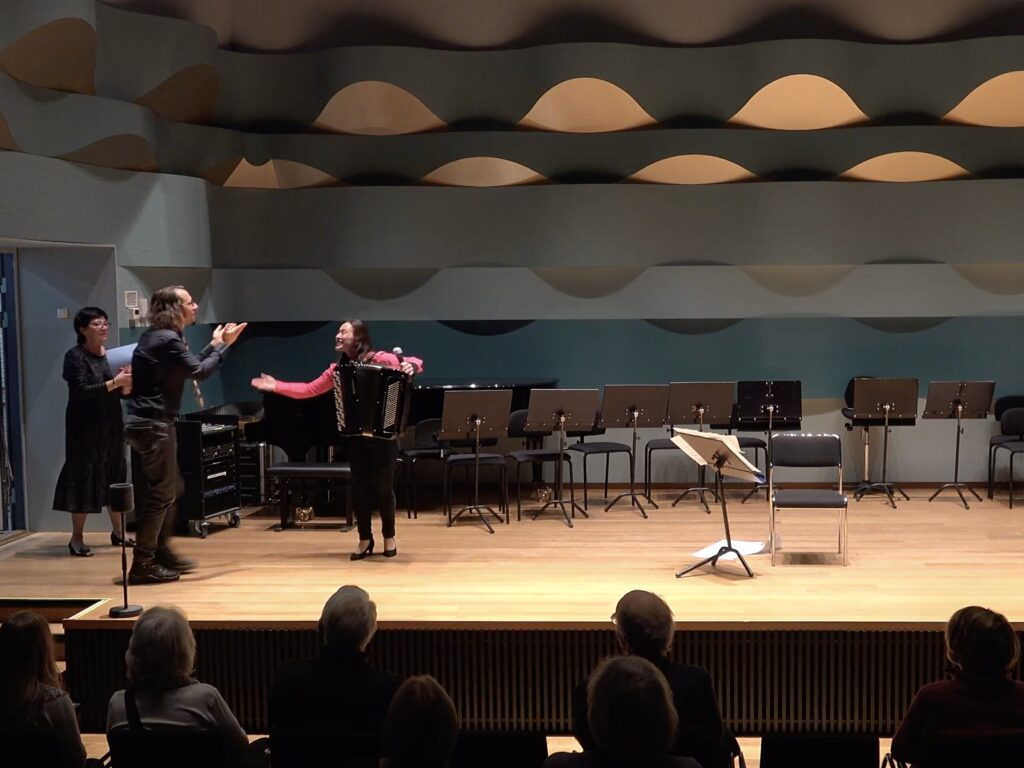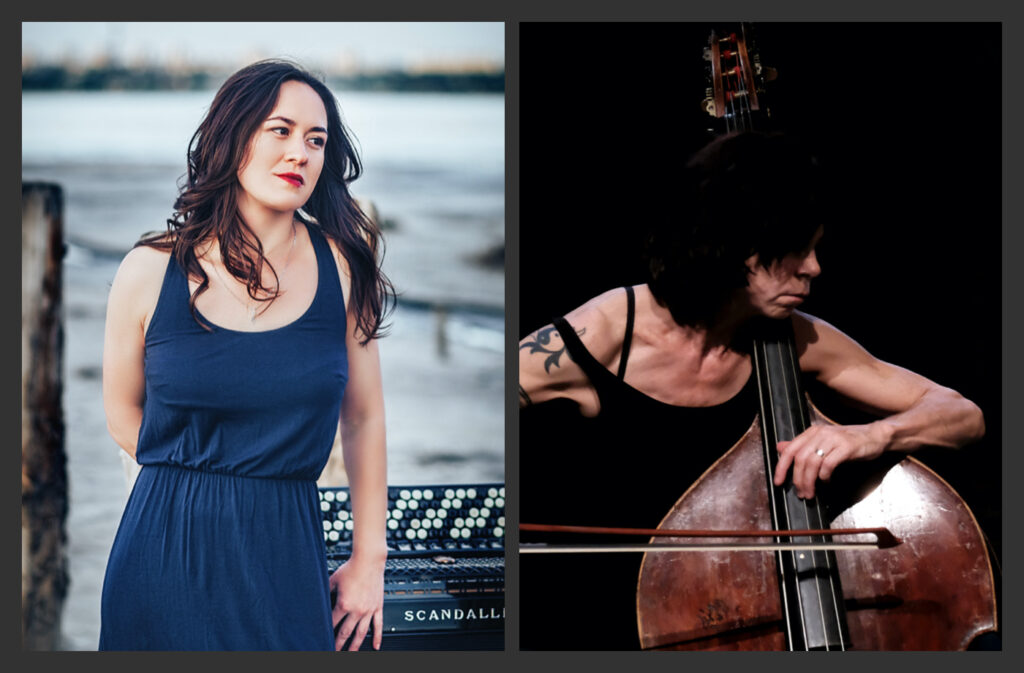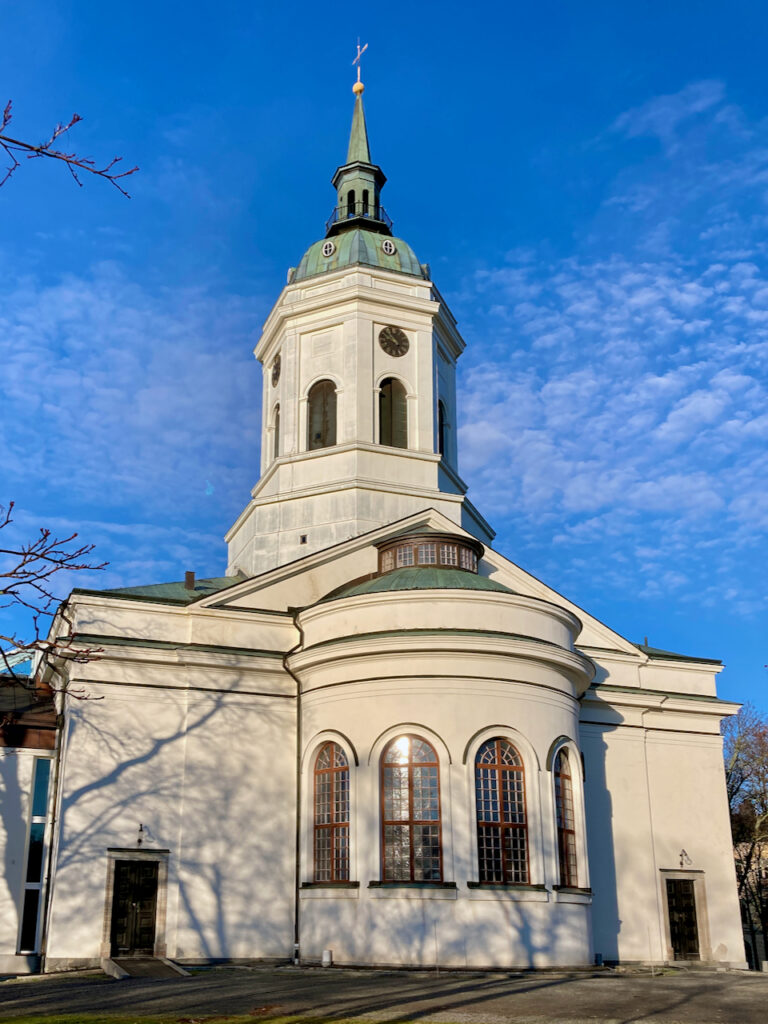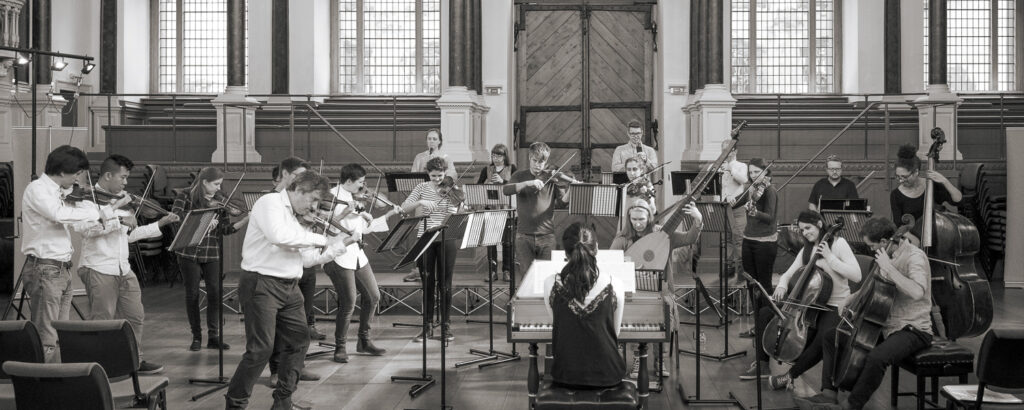Antonio Vivaldi’s famous set of four violin concertos, each depicting one of the four seasons, doubtlessly rank among the most famous of all ”classical” (though actually Baroque and not Classical) music works. For decades, they have been repeatedly performed, quoted, rearranged, deconstructed and recontextualised.
The 20th century saw a rise in the interest in the study and performance of older Western Classical music on a much larger scale than before. In the 19th century, Felix Mendelssohn was at the forefront of the great revival of Johann Sebastian Bach as a composer. (Little could he have known that we are still obsessing over Bach’s music today.) But apart from the music of a select few composers, musicians were plenty satisfied with playing the works of their contemporaries some 200 years ago.
It is saddening that the majority of music performed today in the Western world consists mainly of the same canon of a small subset of works written by a small subset of composers who lived primarily between the 16th and 19th century. Some 20th century composers are gaining traction, but regardless, works written today are, with few exceptions, consistently underperformed – because of a perception that these new works will themselves underperform at the box office, so to speak. This, however, quickly devolves into a catch-22 situation where new works never get the chance to become well-known enough to attract new listeners and so continue to be ignored.

Therefore it is a particular delight whenever I (and other composers, I imagine) get the opportunity to hear a new work of mine being performed, as was the case two days ago when the brilliant Irina Serotyuk performed my Suite for Accordion at the Royal College of Music in Stockholm’s annual Accordion Festival! Not only was it thrilling and gratifying to finally hear Irina perform the piece, but also rewarding and humbling that it was received with such warmth from the audience and the other performers.

And if you happen to live in or be in the vicinity of Strängnäs this coming weekend you should definitely visit Drömfabriken (”The Dream Factory”) which is right nearby, located in the town Stallarholmen. Irina will play there on Nov 20th at 7:00pm together with renowned bassist Nina de Heney in a concert titled Solo Piece for Peace, Please. They don’t seem to take reservations, so if you want to go – which you absolutely should if you can, not that I’m biased – you should probably get there a little ahead of time.
Regretfully I will not be able to come myself, as I will be busy performing myself that same weekend, up in Härnösand. This Sunday I am performing with the Cathedral Choir, Cathedral Organist Lars G. Fredriksson, the Weber Quartet and others in a programme themed around the end of the ecclesiastical year. The headline piece is Bach’s sacred cantata Gottes Zeit ist die allerbeste Zeit.
Apart from my role as a chorister and a short tenor solo part, I will get to practice my rarely used falsetto in a melodic counterline to the bass solo part written for an alto, singing the cantus firmus brilliant and stately like a trumpet above the colourful bass solo part. I almost never get the opportunity to sing something in that register so when I was approached, I jumped at the opportunity and when I practiced with Lars it turned out that the alto line fit my voice quite well.

This cantata is one of Bach’s earlier compositions, written when he was in his early twenties. Remember that it is still a fairly recent concept to really dig through old composers’ catalogues and resurface not only what is generally hailed as their best works but also other fine compositions like this one.
Ironically, this resurgence of Medieval, Renaissance and Baroque music in the 20th century was also a part of the modernist composers’ effort to distance from what they perceived as perceived musical excesses of the late Romantic era. There was a sense of purity and clarity in the old music that attracted these modernist trailblazers. The study of historical treatises, manuscripts, pedagogic books, and old instrument descriptions led to what has become known as “period” or historically informed performance.
This led to the founding of world-famous institutions such as the Schola Cantorum Basiliensis in Switzerland and internationally renowned specialists such as Catalan conductor and violist Jordi Savall and his ensemble Hespèrion XXI, the London-based Orchestra of the Age of Enlightenment, French conductor François-Xavier Roth and his orchestra Les Siècles and many more.
Yet another player (pun partially intended) in the period performance game is acclaimed English chamber ensemble La Serenissima that specialises in Baroque music, and the music of Vivaldi in particular. My own present fascination with period performances comes from stumbling onto their recording of Vivaldi’s ”Le Quattro Stagioni”, The Four Seasons violin concertos. Having already heard the music to the point of fatigue, listening to La Serenissima’s performances was – and I know this sounds hyperbolic – revelatory.

Reading up on Vivaldi’s four concertos, I discovered that they are even more programmatic than simply themed around the four seasons: In fact, Vivaldi composed the concertos based on four sonnets, or the sonnets were written based on the music; either way, there is a direct narrative connection between the music and the text. This brings to mind the programme music of the 19th century. Also, Vivaldi may have even written the sonnets himself.
Comparing other interpretations of Vivaldi’s music, that may otherwise be executed superficially without fault, with those of La Serenissima really highlights to me what a difference historically informed performances can make. Or, for that matter, simply studying basically any piece of music from any time beyond simply following what is written in the score like a piece of software.
Listen to La Serenissima’s take on the first movement of Spring, itself one of the most recognisable parts of Le Quattro Stagioni, and read this corresponding excerpt from the Spring sonnet as translated into English by Professor of Classics and cellist Armand D’Angour:
Springtime is upon us
The birds celebrate her return with festive song
And murmuring streams
Are softly caressed by the breezes.Thunderstorms, those heralds of Spring, roar
Anon. (possibly Antonio Vivaldi), translated by Armand D’Angour
Casting their dark mantle over heaven
Then they die away to silence
And the birds take up their charming songs once more.
This became a much meatier post than I had anticipated! So you will have to wait another week, I’m afraid, for more detailed information about my upcoming electroacoustic work ”Mönster” (Patterns). Not wanting to leave you entirely emptyhanded, here is one of my ideas in rough sketch form as at least a little teaser. Once again, I’m afraid, to be continued!
